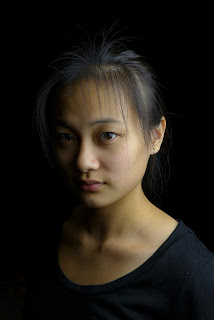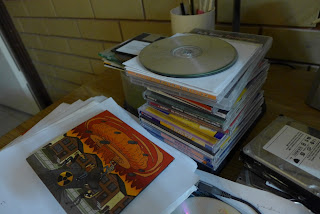Panoramic Mode:
I like the way the panorama mode works. A framing guideline appears on the LCD display to help you frame the shot. The image is captured buy panning from left to right, right to left, top to bottom, or bottom to top. You can hold the camera in portrait or landscape mode.
HDR Mode:
It captures three images when you press the shutter release. The resulting image clearly shows HDR at work.
Burst Mode:
The LX7 has a plethora of burst options: 2fps, 5fps, 11fps, 40fps, 60fps. The menu clearly indicates the resolution that the image will be captured in. Just hold the shutter release down and it fires away like a machine gun!
Movie Mode:
The movie mode is great. It has a choice of AVCHD (50fps on my PAL version) or MPEG4 (25fps). Movie resolution is up to full HD 1920x1080 pixels, or in VGA if so desired. There is a dedicated movie button, which can be used at any time regardless of what setting the camera is set at. Audio is recorded in stereo, with wind cut ability. Basically it does a fantastic job recording video; perhaps even better than a regular videocam. You can even capture a still picture while recording video.
Low light photography:
The image stabilizer is rock solid. I can shoot down to 1/10s handheld with no problem at all. Coupled with the cutting edge bright lens, this camera literally shines in low light and night photography.
1/13s
f1.4
ISO 800
Flexible Creative Modes:
The creative modes can be set before taking the shot, thus allowing you to visualize it on the LCD screen. Or, it can be added after the shot has been taken; the original image is preserved.
Be aware.....
The comparatively small-ish sensor of the LX7 does put a limit on image quality when pushed to extreme conditions, when compared with the likes of a DSLR. If one can accept this limitation, the LX7 is simply one of the best compacts there is at this time.












